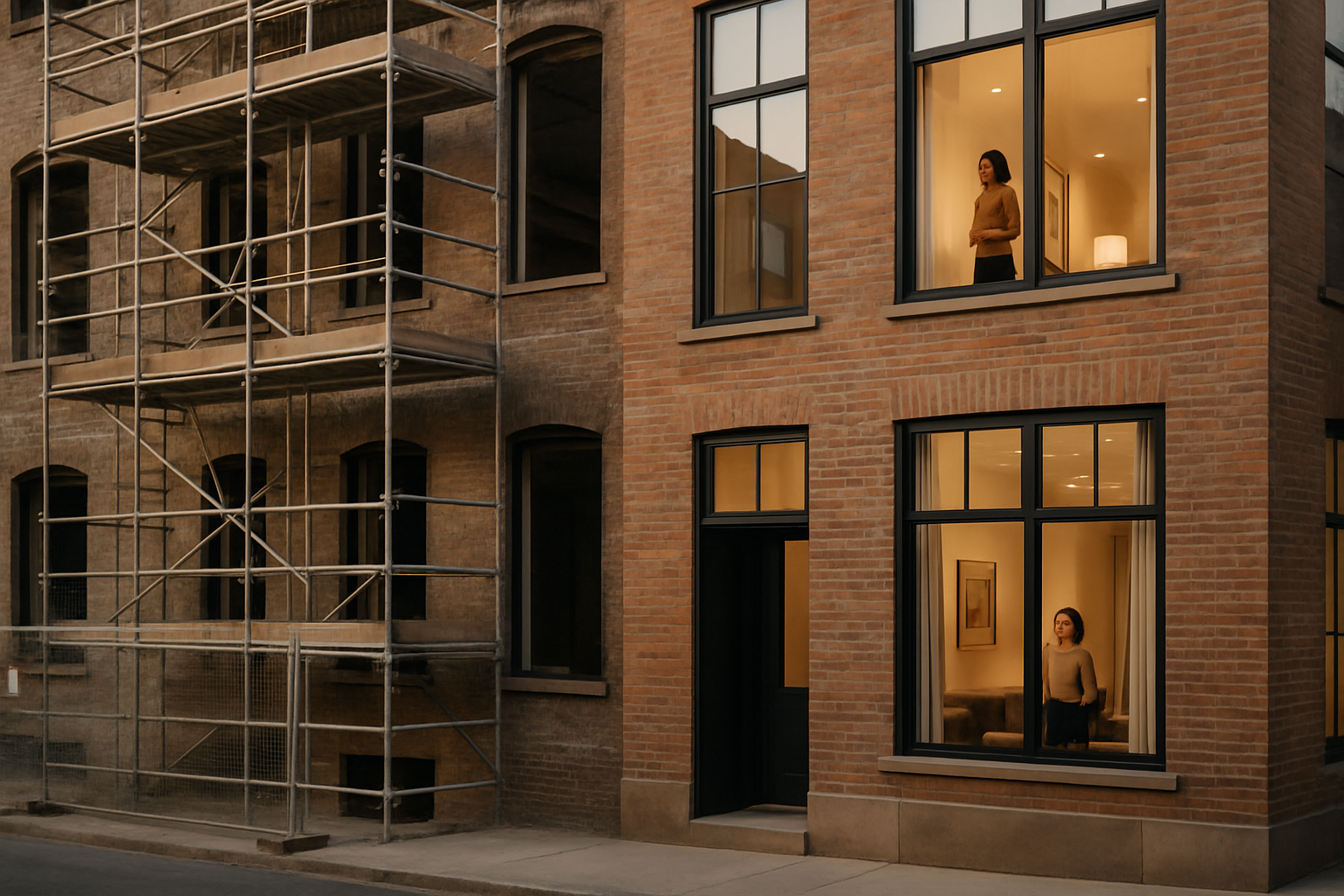Adaptive Reuse: Transforming Commercial Spaces into Residential Havens
The real estate landscape is witnessing a paradigm shift as developers and investors turn their attention to adaptive reuse projects. This innovative approach involves repurposing existing commercial structures into residential spaces, breathing new life into vacant office buildings, shopping malls, and industrial facilities. As urban centers grapple with housing shortages and the changing nature of work, adaptive reuse emerges as a creative solution that addresses multiple market needs while preserving architectural heritage.

The concept gained traction in the 1960s and 1970s when preservationists sought to save historic buildings from demolition. Today, adaptive reuse has evolved into a sophisticated strategy that marries preservation with innovation, creating unique living spaces that appeal to modern sensibilities while honoring architectural heritage.
Economic Advantages of Commercial-to-Residential Conversions
From a financial perspective, adaptive reuse projects can offer significant advantages over new construction. While the initial costs may vary depending on the condition of the existing structure, these projects often benefit from reduced material costs, shorter construction timelines, and potential tax incentives for historic preservation.
Moreover, adaptive reuse can revitalize struggling commercial areas, increasing property values and attracting new businesses to the neighborhood. This ripple effect can lead to broader economic benefits for the community, including job creation and increased tax revenue.
Challenges in Adaptive Reuse Projects
Despite its potential, adaptive reuse is not without challenges. Developers must navigate complex zoning regulations, building codes, and preservation requirements. Many commercial buildings were not designed with residential use in mind, necessitating creative solutions for natural light, ventilation, and privacy.
Structural issues can also pose significant hurdles. Older buildings may require extensive renovations to meet modern safety standards and energy efficiency requirements. Asbestos removal, lead paint abatement, and seismic retrofitting can add considerable costs to the project.
Market Demand and Target Demographics
The appeal of adaptive reuse projects extends across various demographics, but they hold particular attraction for millennials and young professionals. These groups often prioritize urban living, unique spaces, and sustainability – all of which are hallmarks of well-executed adaptive reuse developments.
Empty nesters and retirees seeking to downsize and live in walkable urban areas are another key demographic for these projects. The character and history embedded in repurposed buildings can be a significant draw for those looking for distinctive living experiences.
Case Studies: Successful Adaptive Reuse Projects
Across the globe, numerous examples showcase the potential of adaptive reuse. In New York City, the Woolworth Building, once the world’s tallest skyscraper, now houses luxury condominiums in its upper floors while maintaining office space below. This project demonstrates how iconic commercial landmarks can be reimagined for residential use without sacrificing their historical significance.
In London, the Battersea Power Station, a decommissioned coal-fired power plant, has been transformed into a mixed-use development featuring apartments, shops, and offices. This project not only preserved an industrial icon but also created a new residential community in a previously underutilized area.
Environmental Impact and Sustainability
Adaptive reuse aligns closely with sustainability goals in the real estate sector. By repurposing existing structures, these projects significantly reduce the environmental impact associated with new construction, including carbon emissions, resource consumption, and waste generation.
Many adaptive reuse developments incorporate green building practices, such as energy-efficient systems, water conservation measures, and sustainable materials. These features not only reduce operating costs but also appeal to environmentally conscious residents.
Future Trends in Adaptive Reuse
Looking ahead, the adaptive reuse trend is likely to accelerate, driven by changing work patterns, urbanization, and the need for sustainable development. As remote work becomes more prevalent, we may see an increase in the conversion of office buildings into residential spaces or mixed-use developments.
The hospitality industry, hit hard by the COVID-19 pandemic, may also present opportunities for adaptive reuse. Struggling hotels could be repurposed into affordable housing or senior living facilities, addressing critical housing needs in many communities.
Conclusion: A New Chapter in Urban Development
Adaptive reuse represents a forward-thinking approach to real estate development, offering a unique blend of preservation, innovation, and sustainability. As cities evolve and market demands shift, the ability to reimagine existing spaces will become increasingly valuable. For investors, developers, and urban planners, adaptive reuse projects offer exciting opportunities to create distinctive living environments while contributing to the revitalization of urban centers. As we look to the future of real estate, adaptive reuse stands out as a strategy that not only meets current market needs but also honors our architectural past while building for a sustainable future.





